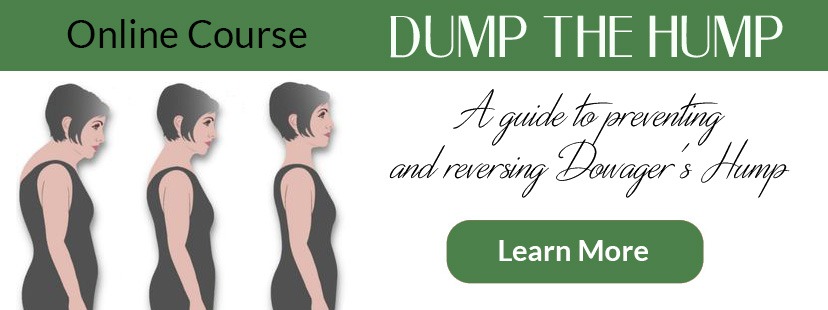As I get older, one thing that truly bothers me is how much more easily my skin bruises. Every time my upper arm so much as taps the corner of a cabinet door, or my thigh grazes the edge of a hard chair, I used to end up with a big ol’ purple bruise that could take weeks, even months, to heal. Both these calamities, plus the times I drop something on the top of my foot, like a pot lid, or a book, prompts a wardrobe re-think so the bruise doesn’t show. For someone who is a bit of a klutz, any notions or potions which could shorten the healing time get my full attention.
Causes of Increased Bruising During Menopause
Those of us in post-menopause suffer the effects of these slight dings to a far greater extent than any other age group. The main reason is the loss of our protective armor of hormones, which, in this case, literally gives our skin an armor-like invincibility to these minor collisions. Without estrogen and progesterone to keep it thick and supple, our skin thins, and becomes much drier. The fat cells in our skin also shrink.
Adding to the list of reasons to stay out of the sun and use sunscreen when we are in the sun: ultraviolet light breaks down our collagen and the elastin in our skin. Our blood flow also decreases as we age, and the capillaries—the blood vessels closer to the surface of our skin—become more fragile and can be broken easier, which leads to bruising.
Regular exercise can help keep our blood pumping strong, creating a variety of chemical reactions that keep the blood vessel walls stronger than those of non-exercisers. Vitamins C and D, when taken in adequate amounts, help keep these vessels in good shape, as does the spice Turmeric. Talk with your DIFM (Dietitian in Integrative and Functional Medicine), or RDN (Registered Dietitian Nutritionist), about adding these to your regime, if you aren’t taking them already.
Healing Bruises Faster
These are some of the internal tools to help with bruising, but what can we do when we bang into something and know we are in for a plum- colored spot? After sifting through all the best science, I find it confirms what has become my lickety-split response, I call it my AIE: Arnica gel and Arnica homeopathic tablets* (more on this in a moment), Ice, and Elevation.
Here is the scenario: I slam one of my body parts into a non-yielding inanimate something. Ouch! I immediately pop some homeopathic Arnica tablets under my tongue (I am so convinced this works, I carry them in my purse at all times).
Next I grab an ice pack from the freezer, if at home, or if I am out I get some ice in a plastic bag, or even a cloth napkin, and ice and elevate the area for twenty minutes. If I am at home, I also apply a nice layer of Arnica gel to the area before I put on the ice pack. If out and about, the Arnica tablets will suffice until I get home and can apply the gel.
It is hard to describe my elation the next day when the area is either virtually free of any discoloration, or the discoloration is so slight I don’t have to worry about what I wear. It is important to take the tablets and/or apply the gel once every few hours for the first twenty-four hours, then continue for a few days with the gel, if there is any sign of the mishap.
How Arnica Helps Bruising
Now to talk a bit more about Arnica.
Several studies in both the US and the UK find applying topical Arnica gel at 20% strength can significantly reduce bruising. A 2016 study published in American Journal of Therapeutics, found that both Arnica gel and homeopathic tablets reduced swelling, inflammation, and bruising without causing issues by interacting with other allopathic or pharmaceutical drugs being taken. Of course, it is always necessary to speak with your nutritional expert before taking homeopathic tablets. While the gel seems to be safe in all cases—just ask. So when next you bang a tender spot, you might give this remedy a try!
Until next time… Be Vibrant!
*“Homeopathy is a medical system based on the belief that the body can cure itself. Those who practice it use tiny amounts of natural substances, like plants and minerals. Homoeopathists believe these stimulate the healing process. It was developed in the late 1700s in Germany. It’s common in many European countries, but it’s not quite as popular in the United States.”
“Though oral homeopathic Arnica is believed to help with bruising, it’s listed as a poisonous plant by the FDA and considered unsafe for oral ingestion. Homeopathy remedies are so diluted that it’s unlikely poisoning will happen. In homeopathy, there’s a belief that the dilution makes the remedy more effective because of how it works on an atomic level. The FDA hasn’t approved any homeopathy remedies such as Arnica, and hasn’t evaluated any remedy for effectiveness or safety. According to the Memorial Sloane Kettering Cancer Center, you should avoid ingesting Arnica if you’re pregnant or breastfeeding, as it can harm the fetus or baby. You also shouldn’t ingest Arnica if you’re on Warfarin (Coumadin) or any blood-thinning medication.”
Healthline.com


